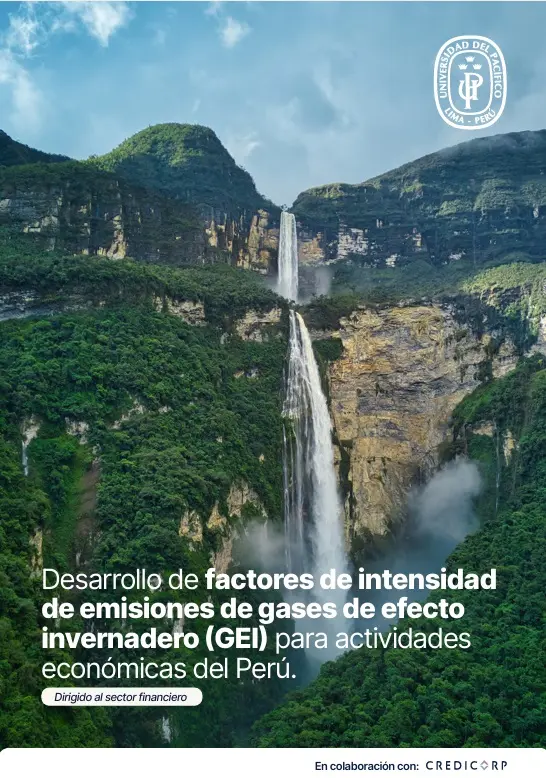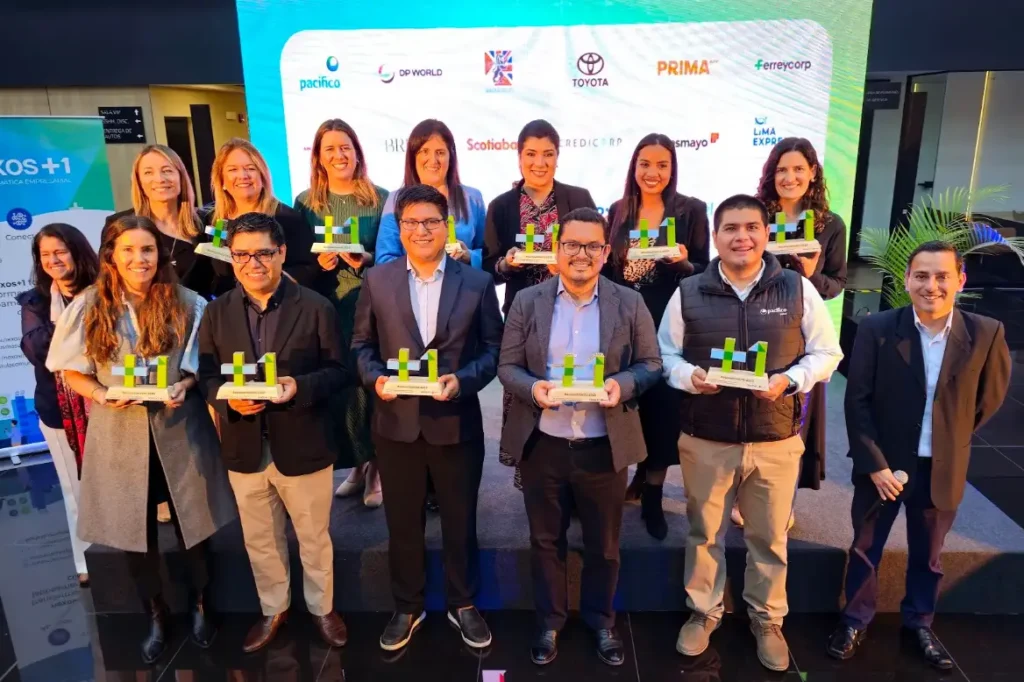Credicorp and the School of Public Management of the University of the Pacific (UP) have prepared the study "Development of greenhouse gas (GHG) emissions intensity factors for economic activities in Peru". This is a pioneering tool in the country that allows financial institutions to estimate their clients' emissions in order to measure their financed emissions, i.e., those associated with their investments and financing. It seeks to strengthen the financial sector's capacity to manage its indirect contribution to emissions, promoting more informed decisions and responsible portfolio management.
In Peru, there are still few companies that measure and report their greenhouse gas (GHG) emissions. According to the Superintendencia del Mercado de Valores (SMV), only 80 of 174 companies listed in the Public Registry of Securities submitted this information in 2023, and only 70 of them had a certification supporting such measurement. This is in line with the results obtained in the emissions information gathering process carried out by the BCP, in which only 11% emissions information was found for the companies reviewed. This limited availability of data makes it difficult for strategic sectors, such as the financial sector, to adequately assess the transition risks associated with their investment and financing decisions.
For this reason, this study represents a key step forward in the transition to a more sustainable economy. According to CDP (a global platform for corporate environmental and climate management disclosure), the financed emissions of large global financial institutions can be, on average, 700 times greater than their direct operational emissions. In this context, understanding and managing this indirect impact is fundamental considering that the financial system plays a strategic role as a channel for resources. The study, aligned with the standardized methodology of the Partnership for Carbon Accounting Financials (PCAF), seeks to construct emission factors based on Peru's economic structure as represented in official statistics. To this end, an environmentally extended input-output analysis (EEIO) was applied, which distributes the country's GHG emissions among 101 economic activities, including the estimation of those associated with imported goods. In total, 86 % of the total registered national emissions were assigned, which provides a more accurate reference for decision-making.
This initiative demonstrates how collaboration between academia and the private sector can lead to applicable technical solutions to complex challenges. "This tool is both technically rigorous and practical in its approach, as we seek to enable various financial institutions to access this information and make more informed decisions in line with climate challenges. We are convinced that moving towards a more sustainable economy requires joining efforts and generating applied knowledge to drive a real transformation."commented Darice Gubbins, Credicorp's Sustainability Leader.
The alliance between Credicorp and the Universidad del Pacífico allows us to broaden the information base available to estimate financed emissions, identify priority sectors for intervention, measure evolution and promote more responsible practices, thus contributing to a more effective management of climate risks in Peru.
Development of greenhouse gas (GHG) emissions intensity factors for economic activities in Peru.






